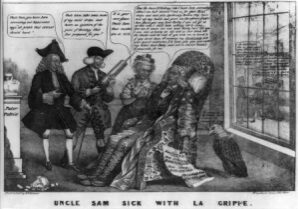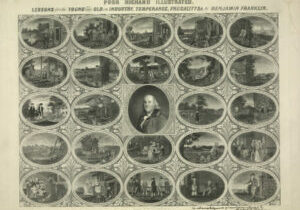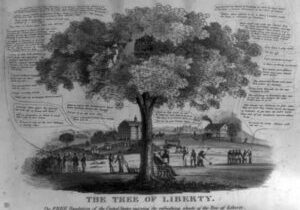Lesson Plans
Poor Richard Illustrated: Lessons for the Young and Old
Students build vocabulary as they analyze illustrations and maxims for citizens published by Benjamin Franklin. After, students create modern-day illustrations with captions that teach similar lessons people would be wise to follow today.




